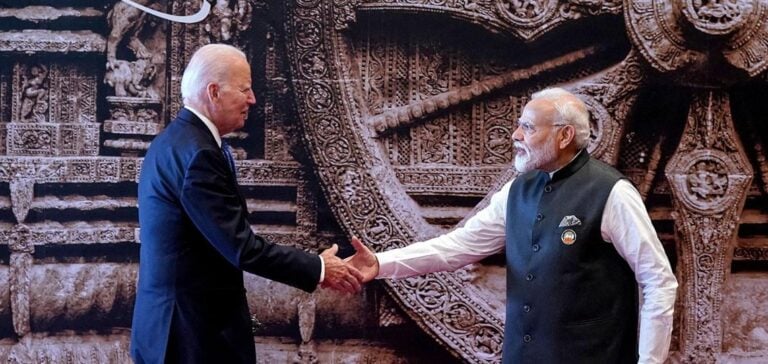The United States has confirmed the lifting of 200 restrictions targeting Indian nuclear entities, a major announcement in the context of strengthening their strategic partnership. This decision, announced by Jake Sullivan, National Security Advisor, aims to unlock civil cooperation between American companies and key players in India’s nuclear sector.
Since the signing of the civil nuclear cooperation agreement in 2008, several ambitious projects have been envisioned, including the construction of six AP1000 reactors in Kovvada, Andhra Pradesh. However, these projects have been stalled by regulatory and contractual constraints.
Historical context of the restrictions
The U.S. restrictions date back to India’s nuclear tests in 1998, which led to over 200 Indian entities being listed under sanctions. While several entities have been gradually removed from this list, companies under India’s Department of Atomic Energy remained affected until recently.
This change comes as the Biden administration intensifies efforts to deepen technological and energy cooperation with India. “This is a declaration of confidence in our progress as strategic partners,” Sullivan stated during a conference at the Indian Institute of Technology in Delhi.
Persistent challenges of the nuclear liability regime
India’s nuclear liability regime, adopted in 2010, remains a point of contention for foreign investors. This legal framework imposes liability on local nuclear operators in the event of an accident while allowing unlimited recourse against suppliers.
This mechanism has discouraged many global market players, slowing the implementation of projects such as those led by Westinghouse Electric Company. However, the lifting of restrictions could encourage renewed negotiations between the two countries.
Impact on India’s international positioning
Although not a signatory to the Treaty on the Non-Proliferation of Nuclear Weapons (NPT), India has solidified its presence on the international stage through bilateral agreements and specific guarantees negotiated with the International Atomic Energy Agency (IAEA).
The lifting of restrictions could also bolster India’s ambitions to join the Nuclear Suppliers Group (NSG). Backed by the United States since 2016, India hopes to capitalize on this momentum to expand its influence in the global energy sector.
Jake Sullivan affirmed that this step demonstrates the commitment of both countries to advance together toward enhanced energy collaboration, particularly in the fields of technological innovation and civil energy transition.






















